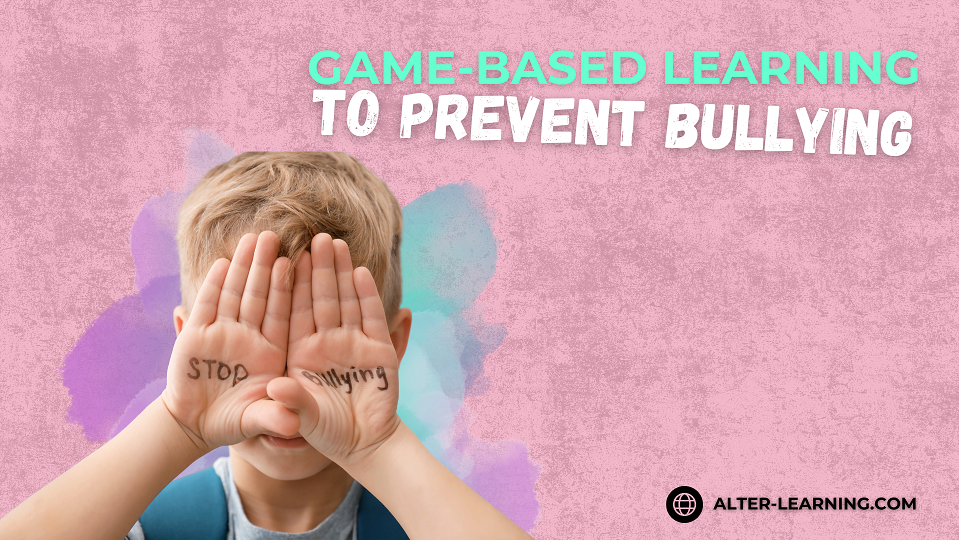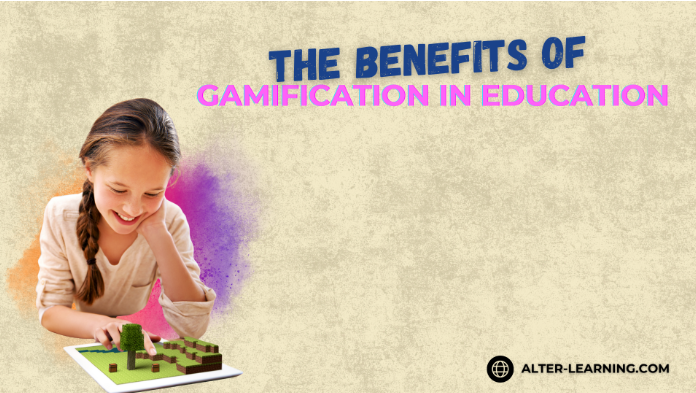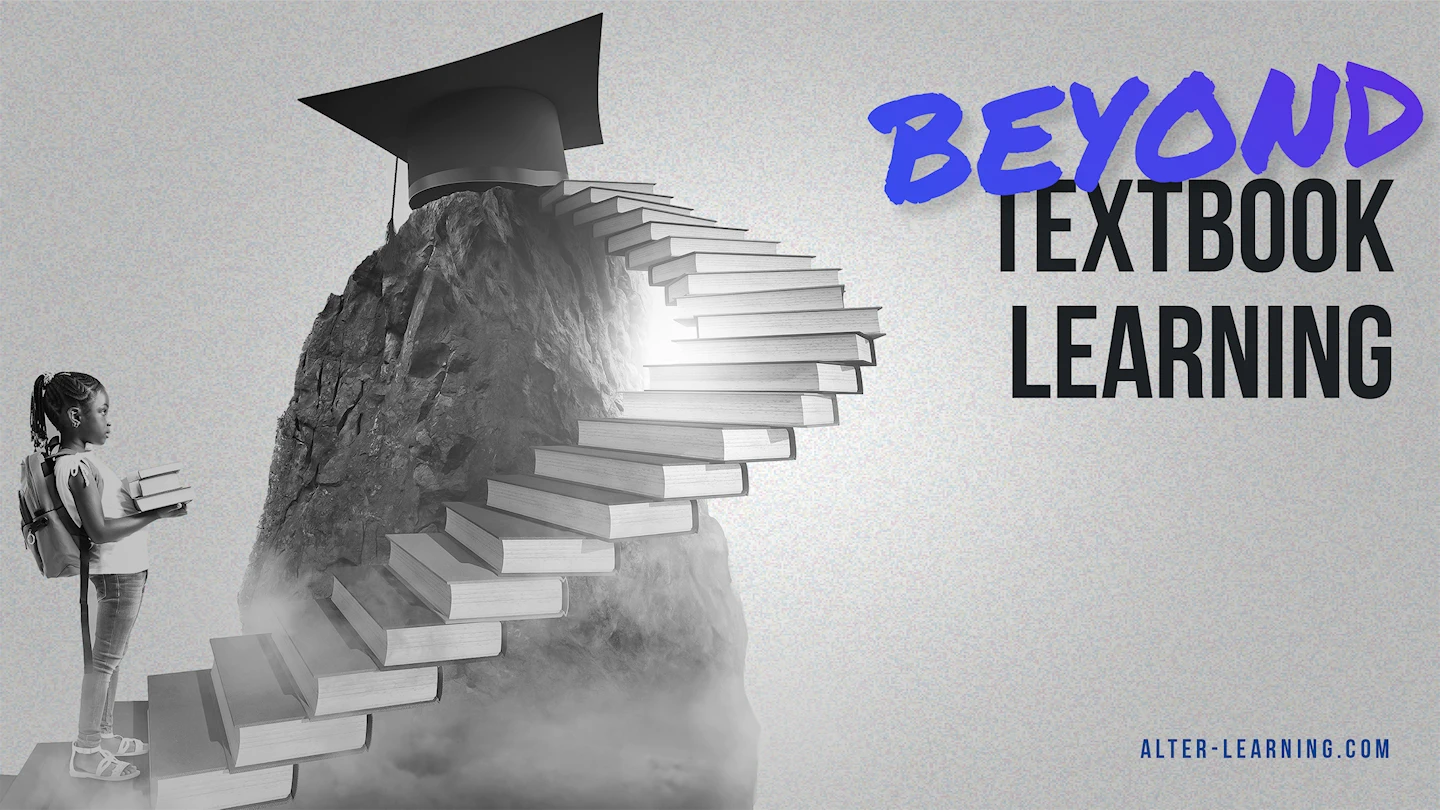Bullying remains one of the most pressing challenges in schools, with long-term consequences for both academic success and emotional wellbeing. While policies and awareness campaigns can help, they sometimes fall short of changing the daily dynamics students experience in classrooms or online.
Educational technology may provide new opportunities to address this issue. Through immersive learning environments, STEAM educational games, and wellness-centered tools, platforms like Alter-Learning can create digital spaces that encourage empathy, cooperation, and respect. Instead of reinforcing competition or isolation, these tools can help students build the skills needed to prevent bullying before it takes root.
Why Bullying Prevention Matters in Learning
The impact of bullying extends far beyond the playground. Students who experience it may struggle with:
- Lower engagement and reduced focus in class,
- Increased anxiety, stress, or feelings of isolation,
- Decreased confidence and self-esteem,
- Long-term academic and social challenges.
For educators, preventing bullying is not only about keeping students safe—it is about ensuring that every child can fully participate and thrive in the learning process.
How Game-Based Learning Can Help
Game-based learning can offer safe and structured environments where positive behaviors are reinforced. Some of the ways interactive learning tools may support bullying prevention include:
- Collaborative gameplay – Multiplayer missions require teamwork and shared problem-solving, encouraging students to work together rather than compete destructively.
- Role-play and storytelling – Interactive VR simulations and story-driven tasks can place students in different perspectives, building empathy and understanding.
- Safe experimentation – Students can explore social interactions in controlled, moderated settings, learning about consequences without real-world harm.
- Positive reinforcement – Games can reward cooperation, persistence, and kindness, helping students associate positive behaviors with success.
By weaving these elements into gameplay, immersive platforms can contribute to healthier peer dynamics both online and offline.
Wellness-Centered Tools for Emotional Growth
In addition to gameplay mechanics, digital wellness spaces can play an important role in bullying prevention. Alter-Learning’s Wellness Center, for example, offers personalized tools and supportive activities designed to build life skills and confidence.
Through guided exercises, reflective prompts, and creative activities, students may learn to:
- Recognize and manage their emotions,
- Develop coping strategies for stressful situations,
- Build resilience and self-confidence,
- Communicate effectively and respectfully with others.
This proactive approach focuses on giving children the skills they need to stand up against bullying while fostering empathy for their peers.
Classroom Applications for Teachers
Teachers can incorporate both digital and DIY strategies to reinforce bullying prevention in the classroom. Examples include:
- Group projects in immersive platforms, where students collaborate to solve STEAM challenges, reinforcing cooperation.
- Interactive story adventures, where choices impact outcomes, helping students explore empathy and consequences.
- Digital art creation tools, where collaboration on creative projects promotes respect for diverse ideas and talents.
- Reflection activities tied to gameplay, encouraging students to connect what they experienced in the game to real-life classroom values.
By blending technology with thoughtful facilitation, educators can make anti-bullying principles a natural part of daily learning.
Designing Safe Digital Spaces
A key part of bullying prevention in EdTech is designing platforms that protect and include all students. This can involve:
- Built-in accessibility features, such as audio cues or colorblind-friendly design,
- Moderation tools to ensure respectful interaction in multiplayer environments,
- Difficulty settings that reduce frustration and promote equal participation,
- Curriculum alignment that ensures emotional learning is integrated with academic growth.
When safe digital environments are intentionally designed, they can model the kind of inclusive culture schools aim to create.
Looking Ahead
Preventing bullying requires more than rules—it requires cultivating empathy, resilience, and respect in every student. EdTech has the potential to support this effort by making social-emotional learning a natural part of interactive, engaging gameplay.
Alter-Learning’s focus on collaborative environments, wellness-centered tools, and inclusive design suggests that digital platforms can play a role in shaping not just how students learn, but how they treat one another. When learning tools help students build empathy and confidence, classrooms can become safer, more supportive spaces where every child has the chance to thrive.
Follow Alter-Learning for more insights into immersive education, edtech success stories, and the future of learning. Want to explore how VR/AR could transform your school or learning platform? Let’s connect.




